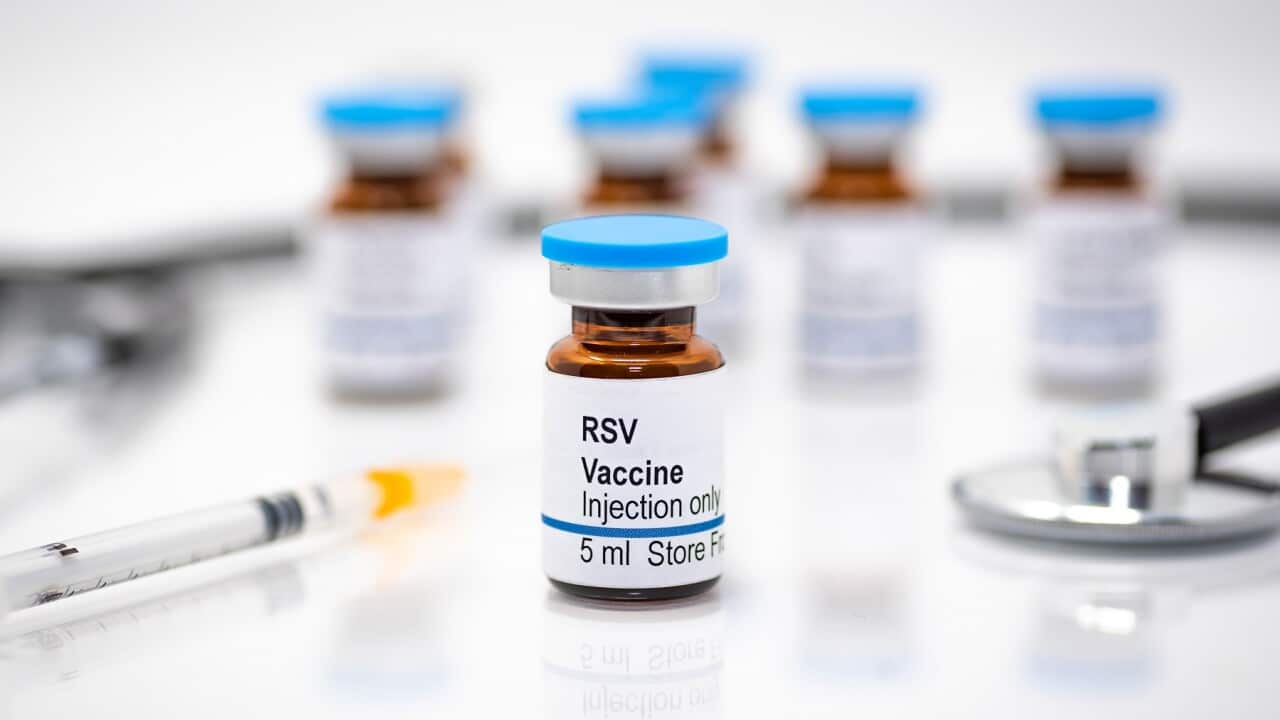TRANSCRIPT
The future of science is increasingly prominent, and is now reaching the early stages of the formation of life.
A new study published in the scientific journal Nature, reports scientists have created embryo models from stem cells to help study the mysteries of early human development.
The study aims to provide a better understanding on the medical problems that happen before birth and why many pregnancies fail.
Dr. James Briscoe, senior leader of the Francis Crick Institute, a major research center in London, explains how the embryonic structures have been formed.
“These are structures which are derived from stem cells, these are cells which we grow in the laboratory and then putting them together in particular ways encourages them, promotes the formation of these embryo-like structures so they form embryo-like organisation and begin to behave to some extent like embryos do. And that's really where the research is, is understanding how that is happening, what we need to do to promote the right kind of interactions to form these embryos and by doing that, we understand more about early development, whether that's in animals or in humans.”
Although the structures created are not identical to human embryos in the womb, they serve as complete models that include all embryonic membranes as well as membranes outside the embryo.
The research states that these embryos are not intended to be used to create babies, but to allow scientists to glimpse the early stages of development.
Professor Jacob Hanna, from the Department of Molecular Genetics at Weizmann Institute of Science and responsible for the study, sets the current goals.
“We can, you know, make thousands of embryo models and study it so this really gives huge technical and biological advantage and of course as human beings, it increases human being knowledge which is also a very important thing in my opinion.”
Professor Hanna says that the need for this research has emerged because it is not possible to collect these cells in any other way.
“In the stem cell field there's a big effort to try and understand how we differentiate stem cells into organs and tissues and we need to imitate the human embryo so that we learn the principles so that we can take these principles and apply them on stem cells. However, there is a huge hurdle where we have no access to early embryo samples and we're talking about day seven to day 28 in human embryo development. And this material is not accessible because it's very early pregnancy. Usually women may not know they're pregnant.”
Professor Hanna’s study is the latest in a string of studies to be published looking at producing the earliest form of human life in a laboratory.
Dr Briscoe says this type of research could one day better explain the reasons behind pregnancy loss and other early development aspects.
“It’s a time when many pregnancies fail. So fresh insight that might come from the use of the stem cell based models of human embryos might lead to a better understanding of the causes of miscarriage and indeed, some of the really unique aspects of these early stages of human development.”
Even so, research is still far from the stage where an embryo grown from stem cells can develop beyond the first stages or be implanted in a human being.
But according to Dr Briscoe the progress of science has outstripped the regulatory framework, which could mean a threat to the progress of similar studies.
The guidelines of the International Society for Stem Cell Research say that scientists cannot place any model of a human embryo in a human or non-human womb.
Dr Briscoe says the models raise serious concerns that need to be debated if research is to proceed ethically.
“By contrast, there are currently no clear regulations governing the use of stem cell derived human embryos. So I think there's really an urgent need to look at these regulations to provide a suitable ethical legal framework for the creation and use of these stem cell derived models and for research.”
In Australia, creation of embryos trough therapeutic cloning and their use for research is permitted under a licence issued by the N-H-M-R-C Licensing Committee.
As for treatments, the Therapeutic Goods Administration (TGA), which regulates products for therapeutic use, has only one approved stem cell treatment, hematopoietic stem cell transplantation, which uses stem cells from umbilical cord blood or bone marrow in people with blood and immune system diseases.
Other uses are still experimental.













